Siding Installation
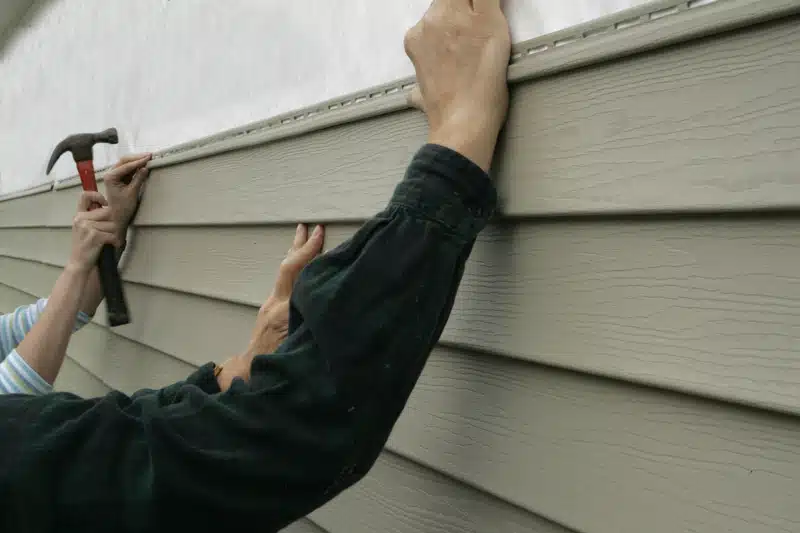

Looking for a reliable siding installation company to help you out? Look no further—Storm Guard is here to support and provide tailored solutions for your unique needs. Here’s an overview of each siding installation service and how we do it.
Vinyl is a popular choice for siding materials due to its durable, moisture-resistant, low-maintenance, and affordable qualities. However, it can warp or buckle with temperature changes, so we ensure proper installation and spacing to prevent that. Our warranties and top-quality materials add to its long-term durability.
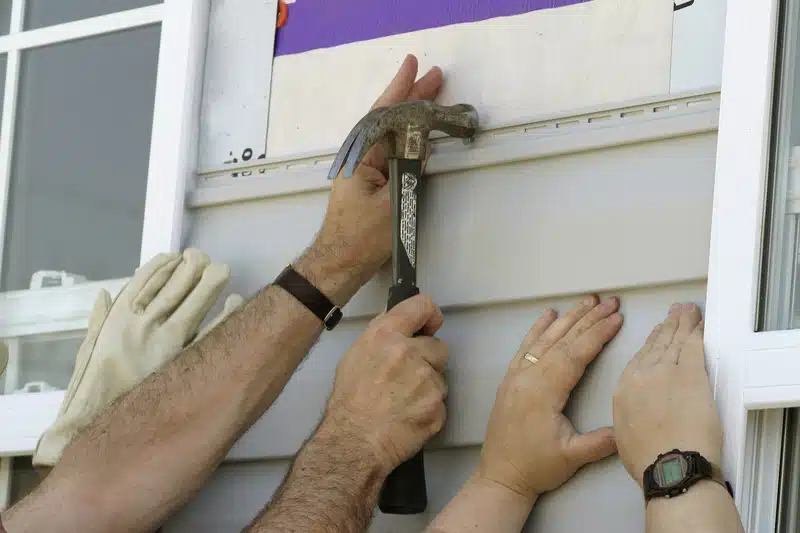
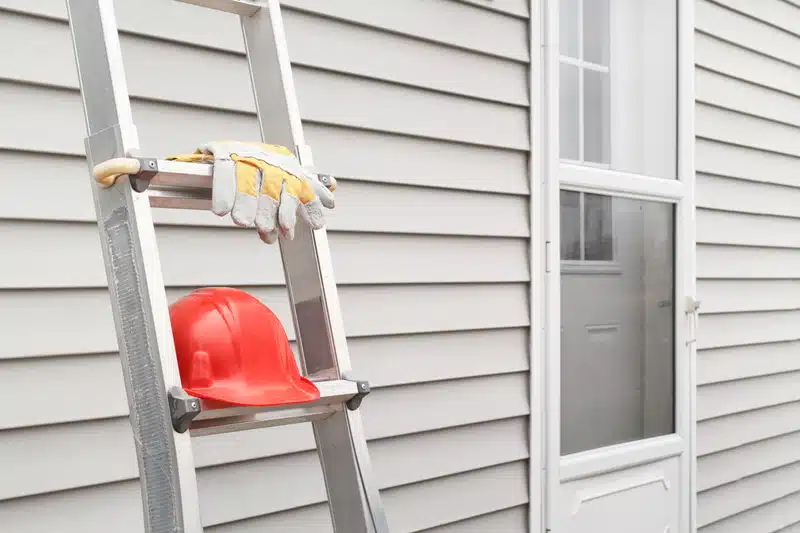
Metal siding is durable, low-maintenance, and eco-friendly. With Storm Guard’s expertise, we install this siding material with precise cuts around windows and doors, aligning and sealing panels to enhance its strengths. The result? A sleek and long-lasting finish.
Wood siding has an inviting, natural appeal, but moisture and pests can cause damage without maintenance. Storm Guard’s professionals are trained to install wood siding for premium appearance and performance, ensuring proper sealing and treatment for protection while also enhancing its charm.
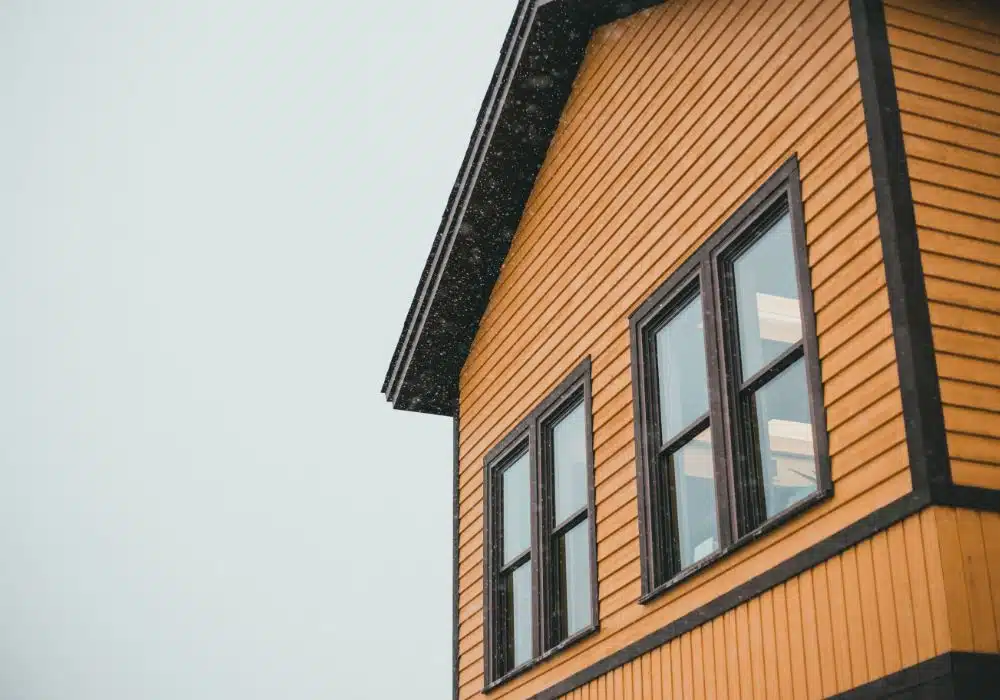
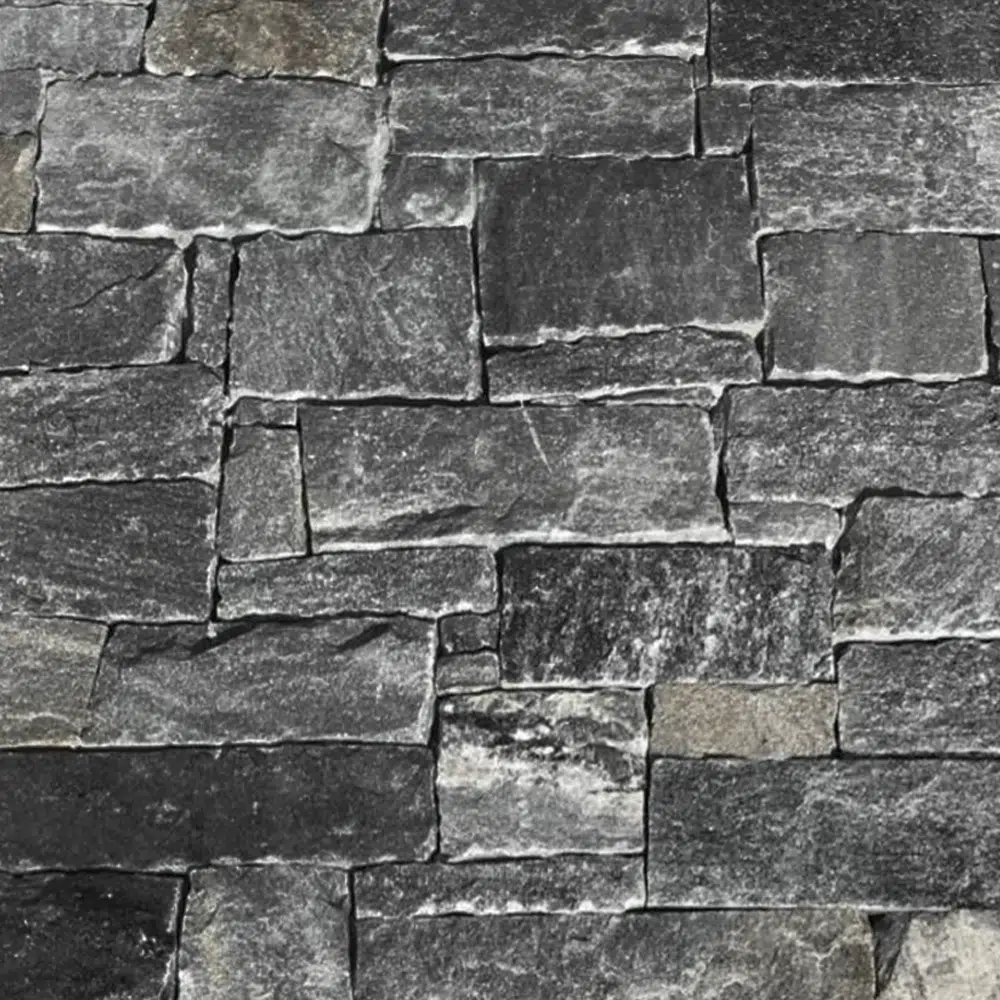
Stone veneer is a charming and affordable alternative to real rock siding. Storm Guard brings this seamless and elegant appearance to life while addressing its drawbacks. We align the pieces precisely to reduce the likelihood of gaps and fasten them securely for stability. Our specialized tools and techniques guarantee long-lasting durability.
Fiber cement siding is built for harsh weather, retaining its appearance with minimal upkeep. However, installing it can be costly and complex, so it’s best left to Storm Guard’s experts. We work with precision, partner with top brands, and back our projects with warranties for lasting appeal and protection.
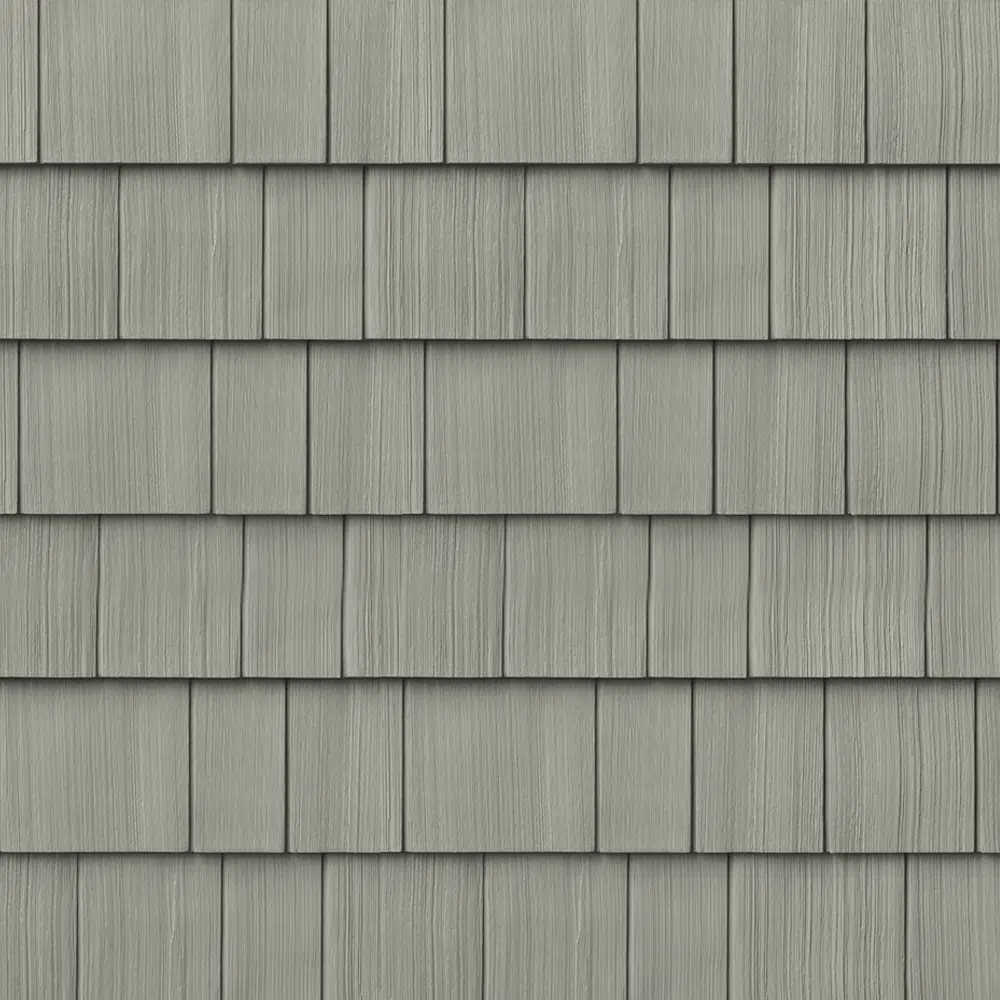
An emergency siding tarp is something you install when you want to avoid further damage but can’t get repairs done right away. It’s usually installed after bad weather conditions or vandalism.
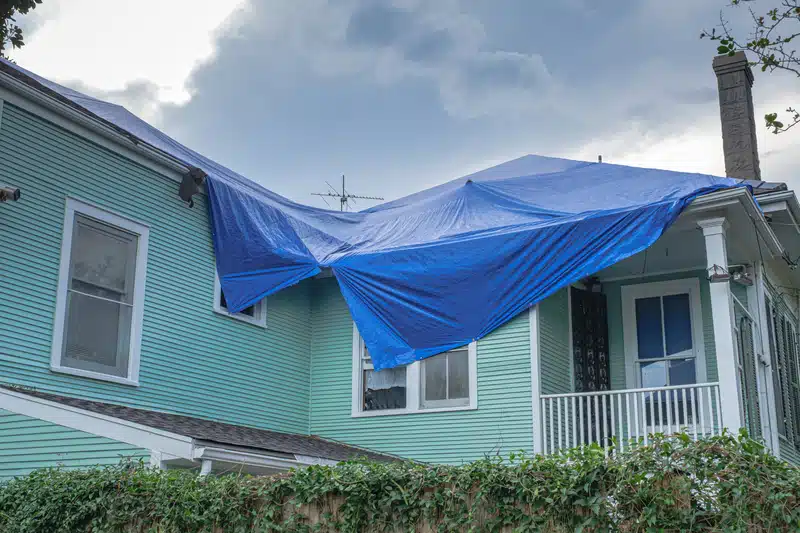
An emergency siding tarp is also often required by homeowner’s insurance companies when you are filing a claim. If you think you need an emergency tarp after a storm or vandalism, odds are that your insurance company will cover the installation. An emergency siding tarp is not a long term solution, but it will help save you money in the long run. You can install an emergency tarp yourself or you can have a professional install it. A professional like Storm Guard can also assess the damage at the same time, making the process more efficient. Learn how to install an emergency siding tarp and what to expect when you hire a professional.
Learn more about our most frequently asked questions
The cost will depend on the material of your siding. Vinyl and aluminum cost on average $5 per square foot, wood costs around $7 per square foot, and stone can cost between $12 and $24 per square foot.
Damage siding can be repaired with a patch kit, if there are just a few holes and cracks, or you can remove the damaged shingles and replace them.
You can, there are kits you can purchase for smaller repairs, or you can replace whole shingles.
To replace siding panels, you will want to purchase a zip tool. This will help you remove the damaged piece. Push the zip tool under the siding and hook it on the bottom lip. Slide it along the siding, then pull it down and out. Next, remove the nails. Finally, slide in the replacement piece and push in until it locks into place. Nail it in.
Siding should be replaced every 15 to 40 years or when you notice major damage. If the siding is simply faded, you can paint over it.
Whether you’re looking for residential or commercial exterior restoration or roofing services, we’re here to help.



We’re fanatic about customer satisfaction and provide the strongest materials, workmanship and labor warranties in the industry.
Quality without compromise - it’s our mantra. With over 20+ years experience, we know the formula for delivering a high quality exterior contractor service.
